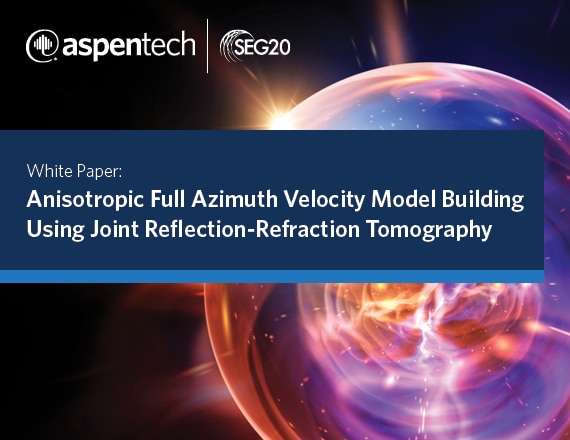
Anisotropic Full-Azimuth Velocity Model Building Using Joint Reflection-Refraction Tomography
One of the main challenges in seismic imaging, especially of land data, is building the near surface velocity model, as it is normally characterized by very low velocity values with different types of local anomalies. Resolving the near surface velocity model using only refraction data is insufficient, as it does not provide the required lateral resolution. Using only reflection data is equally insufficient, as it does not provide the required vertical resolution.
This paper presents a tomographic approach for simultaneously resolving the shallow and deep subsurface anisotropic velocity fields, where reflection and refraction data are used jointly. This approach has been applied to a 3D dataset from the Eagle Ford play in south central Texas. Results show that the method produces a very accurate near surface anisotropic velocity model.
